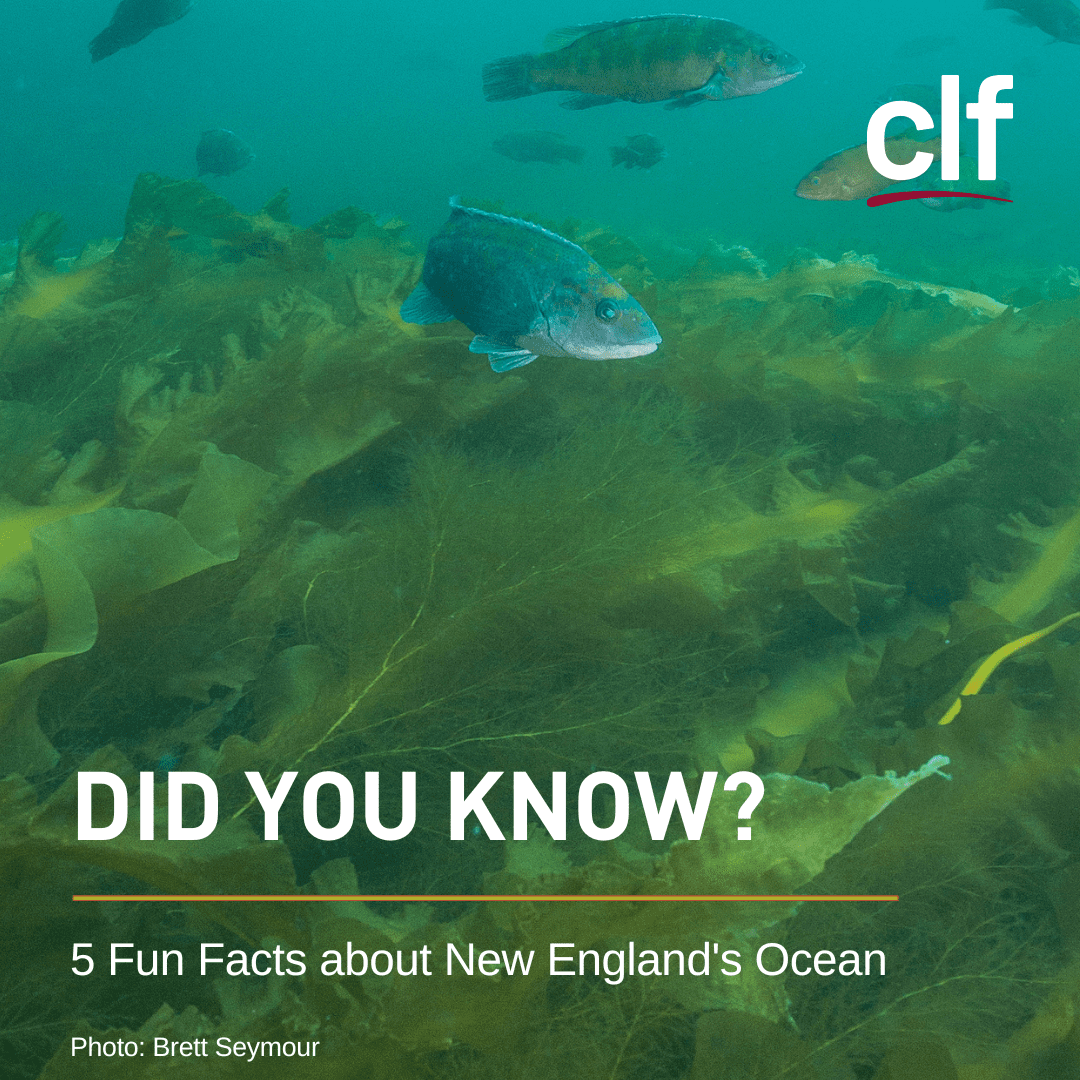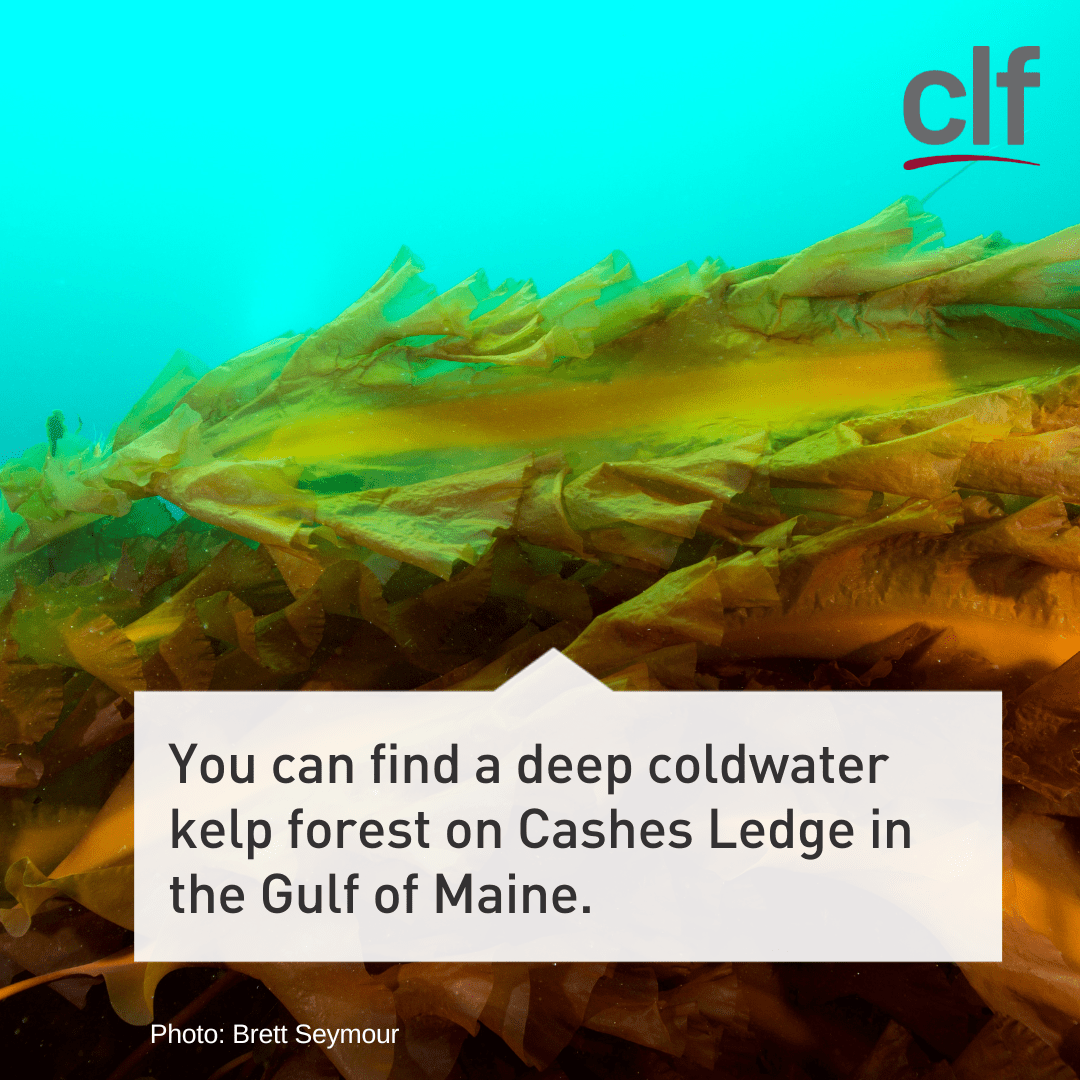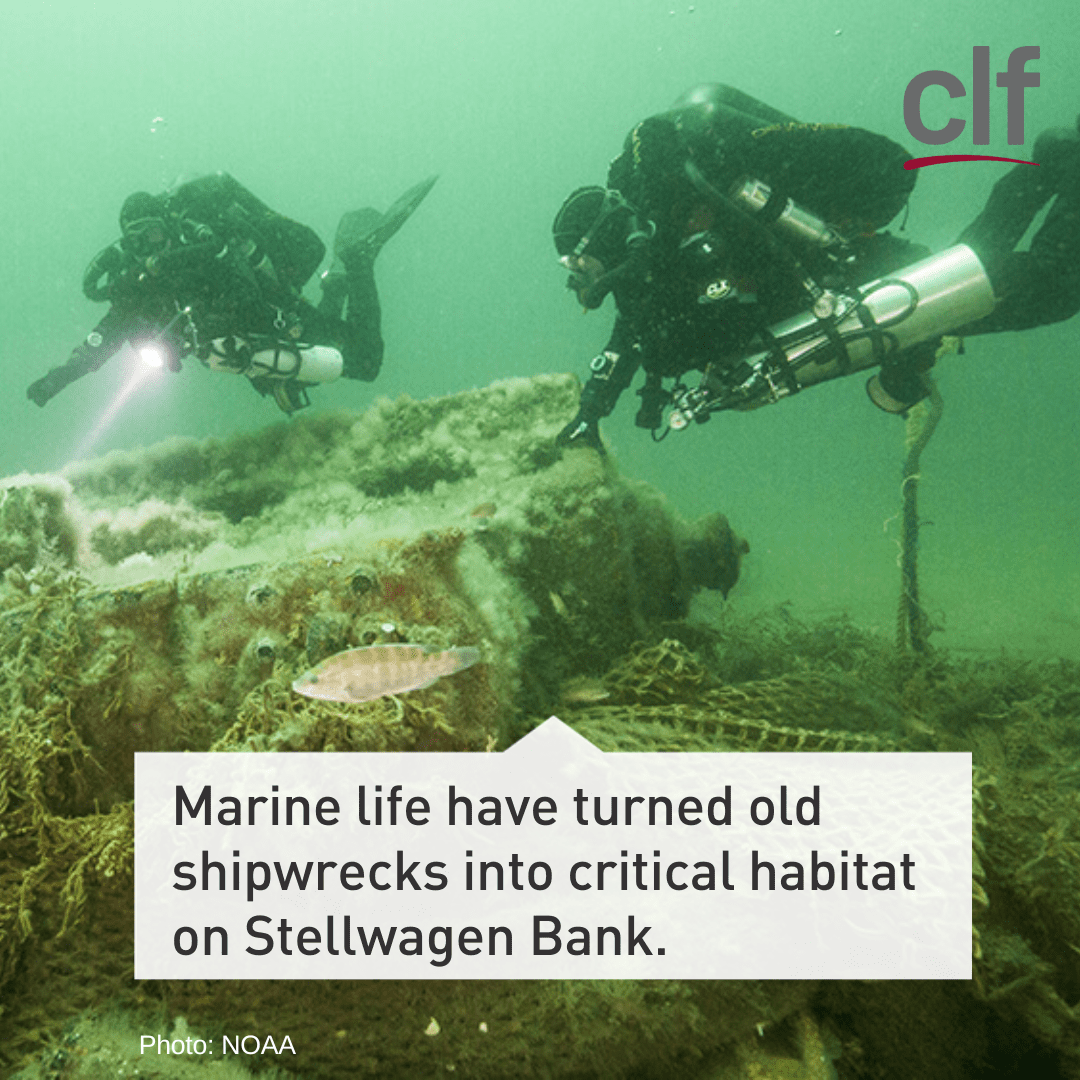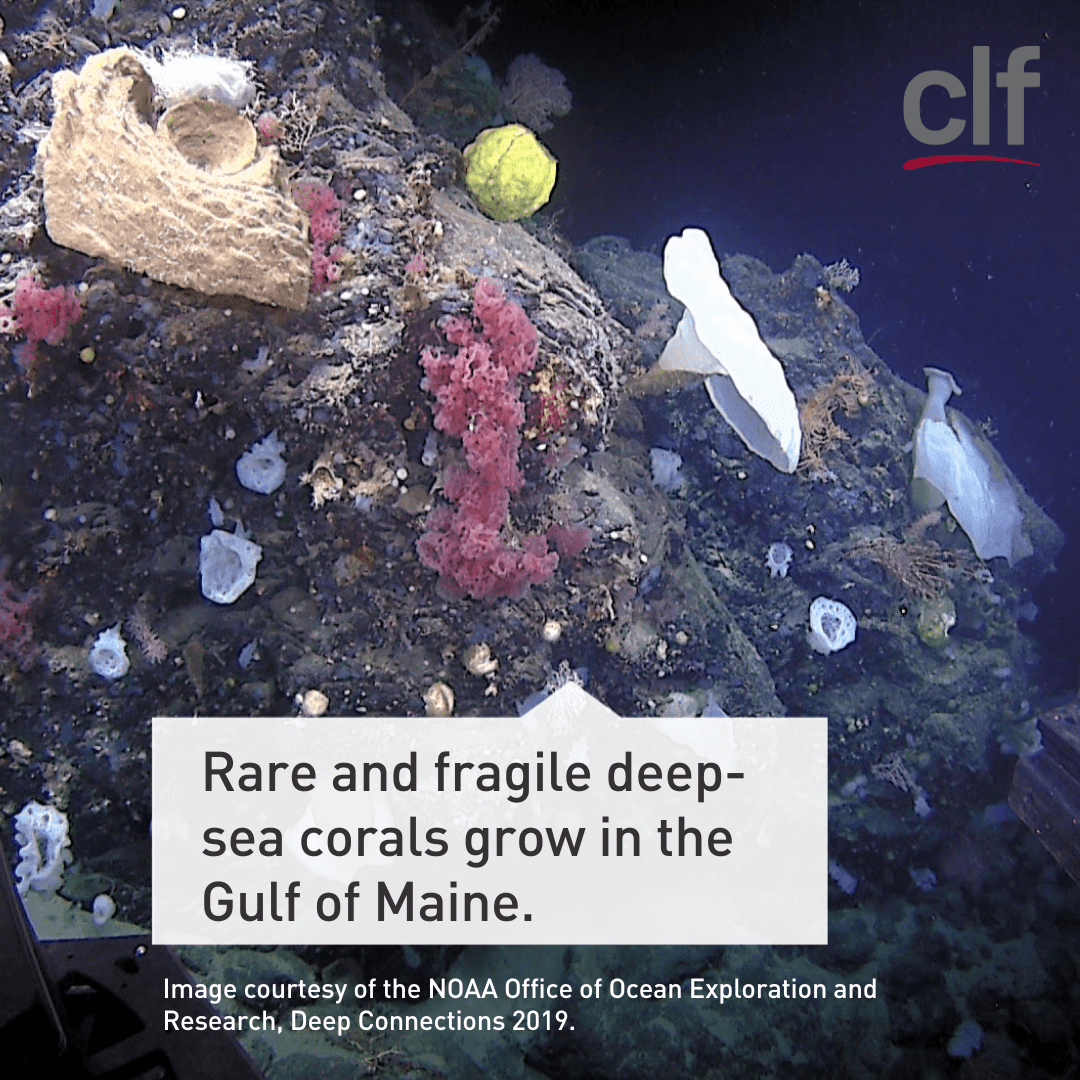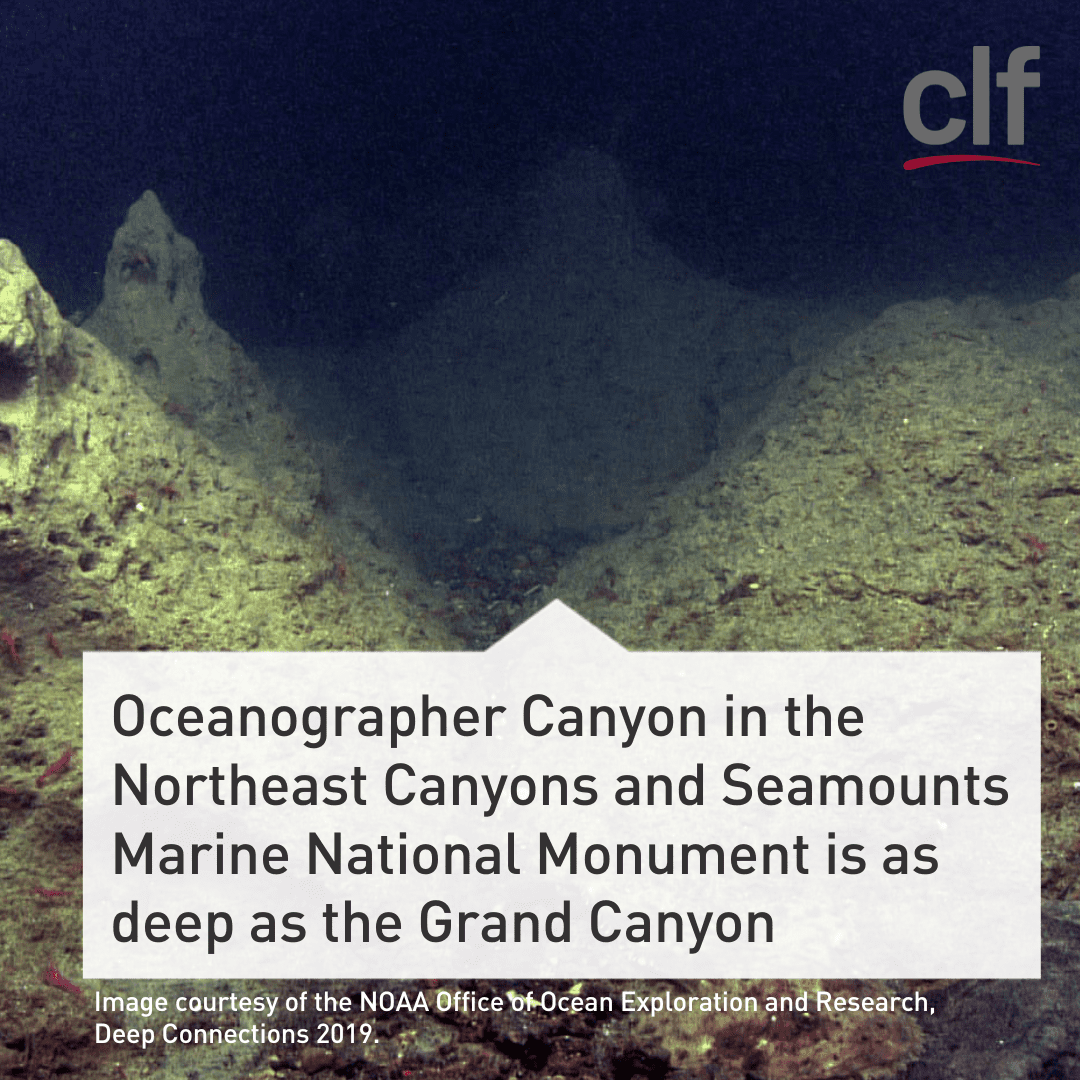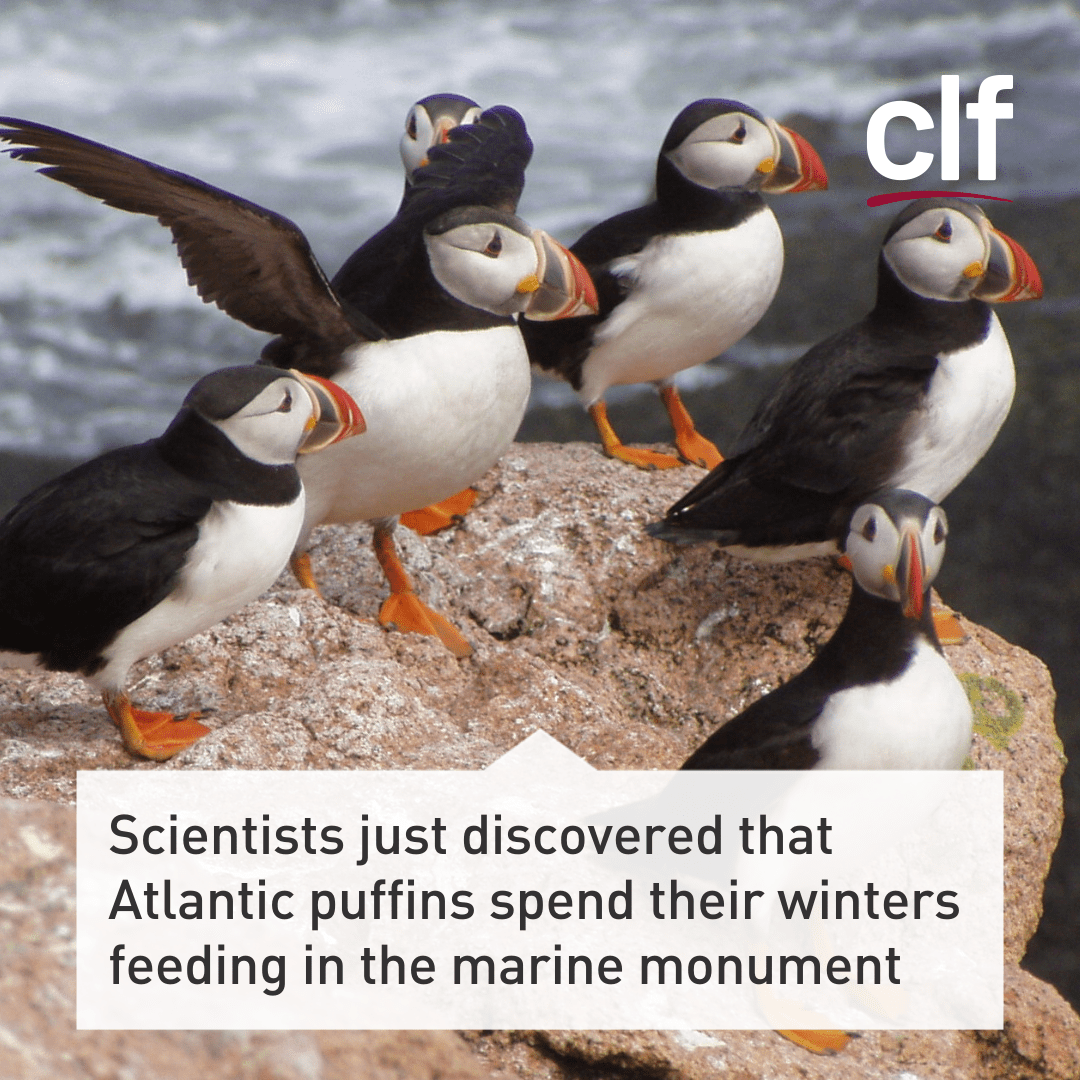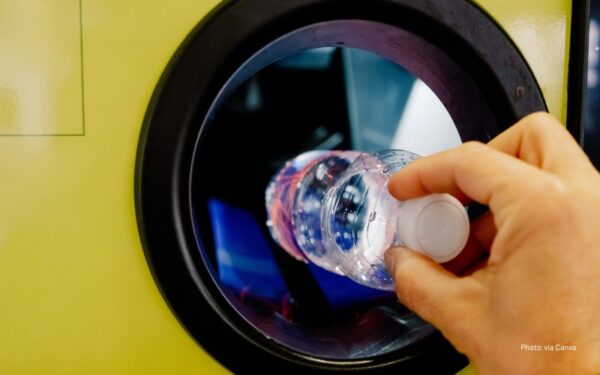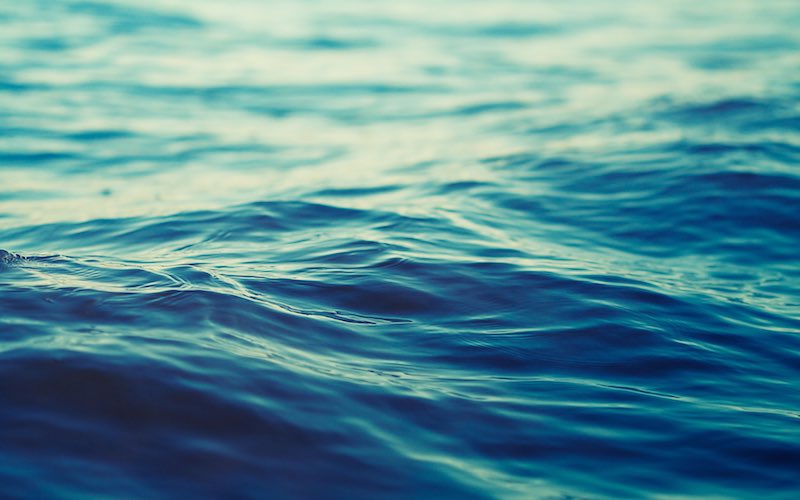
From deep-sea canyons to underwater forests, New England's ocean abounds with life. Photo: mycteria via Shutterstock
1. A unique coldwater kelp forest grows on Cashes Ledge in the Gulf of Maine.
About 100 miles off the coast of Portland, a dense kelp forest grows along the peaks and ridges of a remarkable underwater mountain range called Cashes Ledge. Lettuce-like yellow-green kelp create marine meadows under the water. This unique kelp forest provides habitat and food for the vast array of ocean wildlife that lives on Cashes Ledge, from the Atlantic wolffish and rare blue sponge to the unusual red cod.
2. Ocean creatures make their home in the shipwrecks of Stellwagen Bank.
Nearly 50 shipwrecks from centuries past litter the seafloor landscape of Stellwagen Bank National Marine Sanctuary — and they’ve become part of the sanctuary’s ecosystem, too. Cod and other fish have made the nooks and crannies of steamships and schooners home. And under NOAA’s recent historic shipwreck avoidance program, the locations of some of these wrecks are now public so fishermen can avoid them, protecting these historic resources, keeping their gear safe, and ensuring the fish living in the sunken ships can thrive.
3. Rare deep-sea corals grow in New England’s ocean.
In the Gulf of Maine and in the canyons off the coast of Cape Cod, fragile corals grow – and they have likely been alive for more than 1,000 years. Some are the size of small trees, with brittle branches in shades of orange, pink, and yellow. Other soft corals are white and billow, like ghosts. Deep-sea corals grow slowly – only a millimeter or two each year – and play a critical role in providing habitat for many fish species. But they also can be destroyed by a single fishing trawl or trap knocking into them. Scientists are still discovering new species with each expedition into New England’s ocean, emphasizing the need to protect this otherworldly underwater landscape.
4. Underwater canyons in the Northeast Canyons and Seamounts Marine National Monument rival the Grand Canyon in their depth.
The only marine national monument in the Atlantic protects three deep-sea canyons and four underwater mountain ranges. Oceanographer Canyon is the deepest, plunging 4,000 meters – the average depth of the Grand Canyon. (The monument’s mountains also rise higher than New England’s Presidential Range, making them the tallest mountains east of the Rockies – but that’s another story.)
5. Atlantic puffins spend their winters feeding on small fish and krill in the monument.
Until recently, it was a mystery where Atlantic puffins spent the winter. Now we know: It’s in the Northeast Canyons and Seamounts, where these vulnerable birds with their distinctive orange beaks spend winter months feeding. The monument also protects the fish that the birds will feed their chicks later in the spring.

